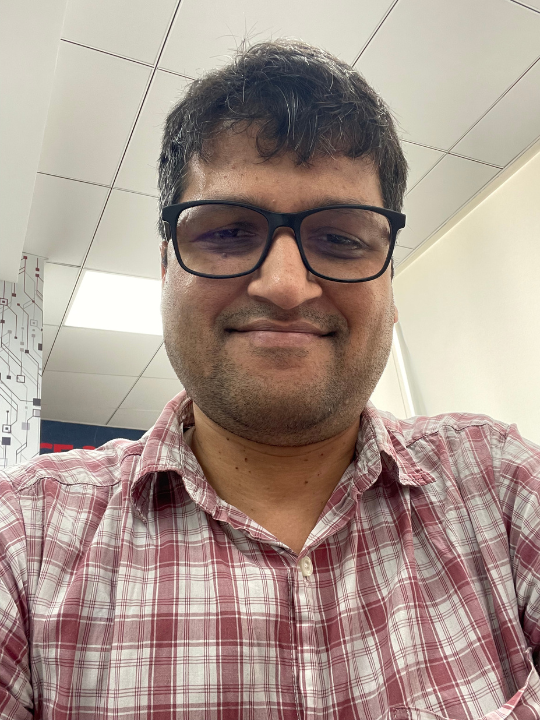Quantum Technology and Quantum Computing are different. The latter is a subset of the former. Quantum Computing is focused on computational applications of Quantum Technology. We are nearing the end of the age of Silicon. We have already squeezed the maximum number of transistors possible within a small area. Left only to the transistors, Moore’s Law will start failing soon.
Our digital computers operate only 0s and 1s (binary states). The tiny transistors perform the calculation. Quantum computers calculate using the smallest object known, the atom. No digital computer can complete specific complex tasks, even with an infinite amount of time. A basic quantum computer can surpass the power of the most incredible digital supercomputer.
The world economy in the coming decades will be led by the nations that lead the path in quantum computing. There is already a race among organisations and countries to build the most powerful quantum computer.
The most significant risk posed by the success of quantum computing now is the possibility of breaking blockchains and decoding secret codes in a finite amount of time. Because of achieving superfast processing speed, quantum computers will become the hacker’s paradise. It is an atomic computer.
There are four aspects of quantum theory: superposition, entanglement, the sum over paths, and tunnelling. Superposition is the cornerstone of quantum mechanics and quantum computing. It allows quantum systems to exist in multiple states simultaneously until measured. This is unlike classical systems, where objects have definite properties. Entanglement is where two or more quantum particles get connected in a way that the state of one particle directly affects the states of others. The distance separating them does not matter.
The sum-over-paths principle states that a quantum particle travelling from point A to point B doesn’t follow a single classical trajectory. Instead, it simultaneously explores all possible paths between these points. The most extreme paths (including the absurd ones) cancel each other out due to destructive interference. Only paths near the classical trajectory contribute significantly to the final amplitude.
Quantum tunnelling occurs when particles penetrate through potential energy barriers rather than going over them. Unlike classical physics, where a particle needs sufficient energy to surmount a barrier (like a ball rolling over a hill), quantum mechanics allows particles to have a finite probability of appearing on the other side of a barrier, even when they lack the classical energy required.
The challenges associated with quantum computing are plenty. Here are a few. First, atoms must vibrate in unison (called coherence). Second, they are small and sensitive. Third, a slight disturbance from the outside world breaks the coherence (called decoherence). Fourth, they function at near absolute zero temperature (-273 degrees C), which is very costly. Unless we understand and discover the mechanics of photosynthesis, which is a quantum process that occurs at room temperature in nature, we cannot overcome the cost barrier and make quantum computing commercially viable.
The advantages and applications of quantum computing are plentiful as well. It can be used in search engines, optimisation, simulations, AI and Generative AI training and inference, modelling complex chemical reactions, growing food through artificial photosynthesis, and quantum medicine. It can help analyse the efficacy of drugs and better understand incurable diseases. Imagine all the large language models (LLMs) we can build from scratch or fine-tune in seconds: multilingual and multimodal LLMs that generate hours of video content in multiple languages.
Quantum computing represents humanity’s next computational frontier, promising revolutionary breakthroughs across industries from AI to medicine. While significant technical challenges remain, particularly around coherence and temperature requirements, the potential rewards (from drug discovery to advanced AI systems) make quantum computing development one of the most critical technological pursuits of our time.
Facebook
Twitter
Linkedin
Email
Disclaimer
Views expressed above are the author’s own.
END OF ARTICLE

